Queen Mine RV Park, Bisbee, Arizona
The lamp of the LORD searches the spirit of a man; it searches out is inmost being. ~ Proverbs 20:27
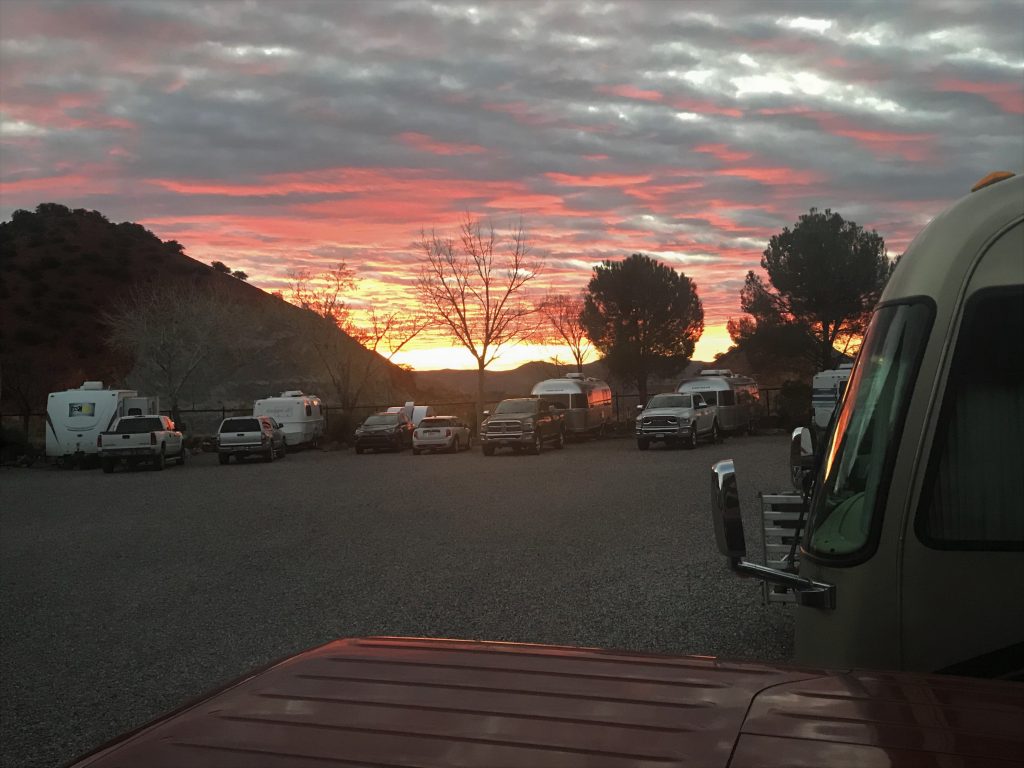


Today is special in that it only happens once every four years. But what is it? And why is it needed?
It’s a “leap year”. Not sure why it’s called that, because to me when you leap, you’re jumping up and/or over something, which in my estimation should mean that we lose a day, not gain one. Seems like common sense to me, but what do I know? (and by the way, why aren’t ‘loose’ and ‘lose’ spelled the same?? They both have the ‘ooo’ sound. So why don’t they both have ‘oo’ in them? Sorry. . . off topic. . .)
Anyway, in case any of you were wondering why some people only have birthdays every four years, here’s what I found on timeanddate.com:
What Is a Leap Year?
Leap years are years where an extra, or intercalary, day is added to the end of the shortest month, February. The intercalary day, February 29, is commonly referred to as leap day.
Leap years have 366 days instead of the usual 365 days and occur almost every four years.

Leap days allow Earth to catch up to the position it was 4 years prior.
Why Do We Have Leap Years?
Leap days keep our modern-day Gregorian calendar in alignment with Earth’s revolutions around the Sun. It takes Earth approximately 365.242189 days, or 365 days, 5 hours, 48 minutes, and 45 seconds, to circle once around the Sun. This is called a tropical year, and it starts on the March equinox.
However, the Gregorian calendar has only 365 days in a year. If we didn’t add a leap day on February 29 almost every four years, each calendar year would begin about 6 hours before the Earth completes its revolution around the Sun (see illustration).
As a consequence, our time reckoning would slowly drift apart from the tropical year and get increasingly out of sync with the seasons. With a deviation of approximately 6 hours per year, the seasons would shift by about 24 calendar days within 100 years. Allow this to happen for a while, and Northern Hemisphere dwellers will be celebrating Christmas in the middle of summer in a matter of a few centuries.
Leap days fix that error by giving Earth the additional time it needs to complete a full circle around the Sun.
And now you know! But ya gotta wonder why God didn’t just make the length of days exact. To answer that question, I took a quick look at how the Jews make their Hebrew calendar. It’s even more confusing, so I’ll spare you. Suffice it to say, they add a month every 19 years. Maybe some of you know a rocket scientist you could ask, who could explain it better . . . . 😊
We’ve sure been spending a lot of time underground during this leg of our journey – beginning with Mammoth Cave in Kentucky back in November.
Today, we go under again. This time, it was into a former copper mine, but not just any copper mine. The Queen Mine was the largest producer of copper in the Americas in its day. And the tour began only a stone’s throw from our home.
Queen Mine Tour Facts Put together by the City of Bisbee:
· February 1976 – the Queen Mine Tour opens as a tourist attraction; Chuck Eads, Bisbee’s mayor at the time, established the mine tour to keep miners employed
· More than 1 million visitors have toured the mine since it opened as a tourist attraction in 1976
· Currently, about 50,000 people tour the Queen Mine each year
· Visitors from all 50 states and more than 30 countries have toured the mine
· Tour participants travel 1,500 feet into the underground mine
· The Queen Mine Tour employs 12 people on a daily basis
· Bisbee’s mines, of which the Queen Mine is just one, include more than 2,500 miles of tunnels
Bisbee’s Mining History tidbits:
In 1875, Hugh Jones discovers copper, but leaves, disappointed that it’s not silver. Two years after Jones leaves, Army scout Jack Dunn finds ore, but is unable to leave his post. George Warren strikes a deal with Dunn and his partners to establish a claim. Later, he loses the stake in a horse race. A colorful character, Warren is on Arizona’s state seal. San Francisco’s DeWitt Bisbee, purchases the Queen Mine with a group of investors in 1880. The town is later named for Bisbee, but he never visited.
Bisbee’s mines produced:
· 8 billion pounds of copper
· 2.8 million ounces of gold
· 77 million ounces of silver
· 304 million pounds of lead
· 371 million pounds of zinc
(By the way ~ all that metal was valued at $6.1 billion in 1975. By today’s standards, that’s equivalent to $292.5 billion)
And as you saw from our pictures yesterday, they uncovered all kinds of other minerals as well, but I couldn’t find any weight or monetary information on that. Copper was the main thing, and it was discovered to be extremely high quality and in abundance here in Bisbee.






In later years, they used a pneumatic drill.



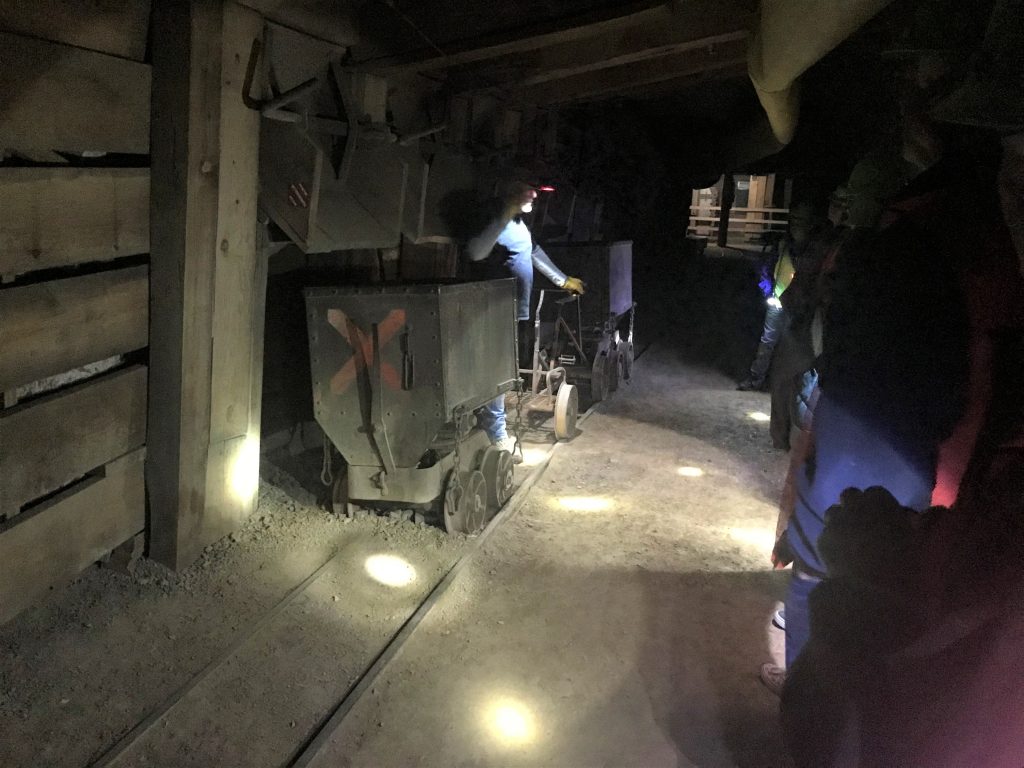
BAM!! No more blockage!



It holds 12 men. Or 1-2 donkeys that were trussed and sat on their butts.
Bet they enjoyed that ride!

Those are the fuses hanging out.
They’re all the same length to begin, but then are trimmed to the proper length before they’re set off.




Those necessary things you just don’t think of . . . .
He shared some tasteful, but less than delicate tales
of initiations for the new guys involving these portable potties.

Other things we learned from our tour:
- Our guide was a retired border patrol agent, who wanted something to do after retirement and spent about a year learning about the mining business before he could be a tour guide. He did a wonderful job! Sounded to us like he really was a miner. His partner today (they have to tour in pairs) was a miner here for 20 years.
- In the old days, they had to use mules to move the cars of ore through the massive tunnel lengths. The mules were trained to pull 4 cars (1 ton each). If the guys tried to attach another car, the mules would sit down and refuse to move.
- Once they moved the mules into the mines, they never left, until their eye muscles started atrophying because they never used them because they lived in the dark. They usually lasted about 1 ½ years. Then they were brought up to the surface, gradually introduced to the light and given away.
- This is why these mountains are named the Mule Mountains.
- The men worked in teams containing various positions and were given substantial bonuses if they exceeded expectations. If you slowed down your team, they forced you out.
- The guys worked 8-hour shifts (two men per crew/area), chipping away at the stone to set blasts – 26 holes, 7’ deep into the wall of the limestone. 22 of them had dynamite in them, and they cut the fuses to go off a few seconds apart in a specific pattern because the rock needed room to move in order to be blasted away. They’d light the first fuse, and go around a corner to wait for the smoke to clear. They checked to see if all the dynamite blew. If it didn’t, they wrote it down and the next shift that came in 4 hours later would have to check it out. They were careful to blast correctly, because the next shift was most likely a relative or close friend.
- The city of Bisbee leases the part of the mine they use on the tour for $1/year.
Once we completed our just-over-an-hour tour, we hoofed it back home and packed a lunch. We were headed out of town to Carr Canyon within the Coronado National Forest, where they have an awesome sounding Jeepin’ road.

This is also the way we’ll be leaving town to move on to our next destination.







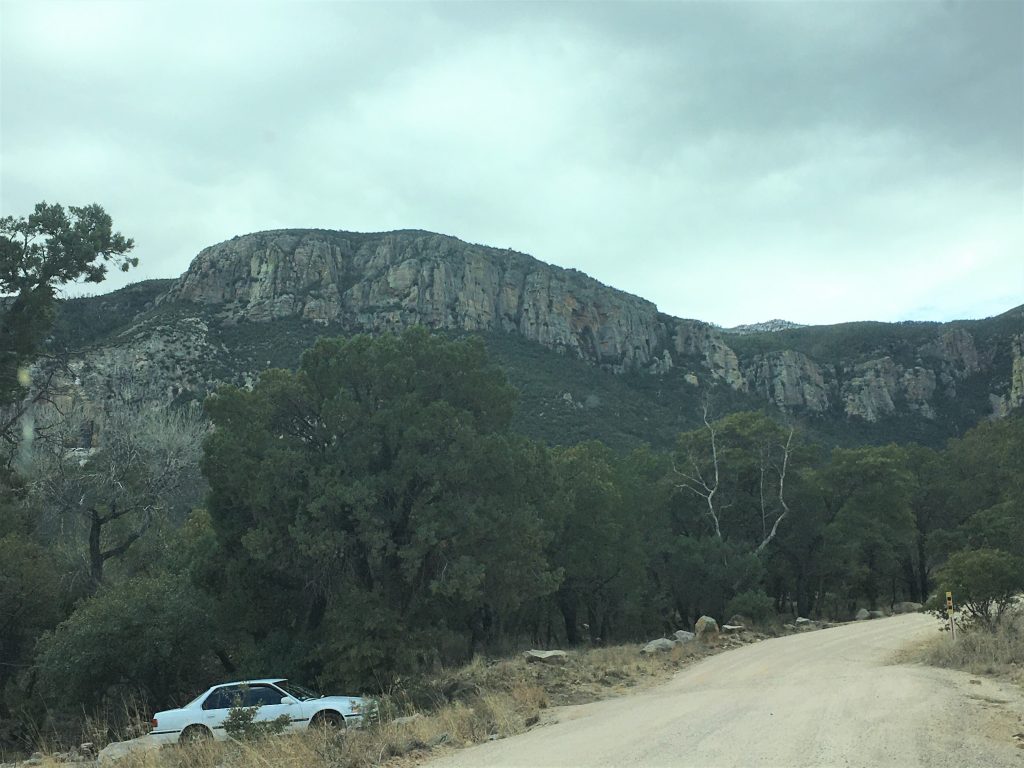


Imagine our sorrow when we discovered that the road was closed after only a mile!


It was still a 5-mile hike to the overlook where we were headed, and there was no way we could go that far, but we hiked as far as we felt we wanted – – in our “street clothes and shoes”. Since it was a road, the shoes weren’t any big deal, but we were a little warm whenever the sun made an appearance.

or why they couldn’t at least leave it open further up the road.


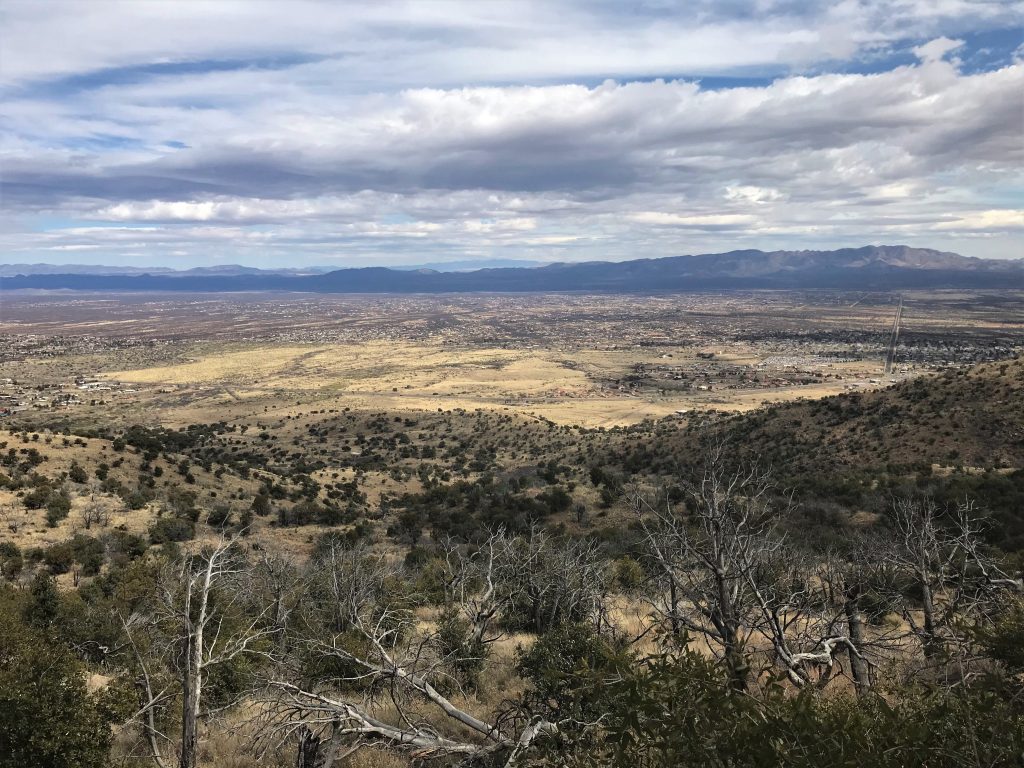






and a Ranger brought out a book for us to look at.
But then we never saw another one until just now!
This, my friends, is a Tree Cholla.
It’s green blooms, grow and turn yellow, and when the time is right,
in the Spring, they open up and display brilliant fuscha flowers!
I sure hope we get to see that!


I could look it up and show you.
Isn’t it beautiful?!?
I’d sure like to be able to take my own picture though!




Much bigger than we would’ve guessed.
The last time we saw one was hovering in the sky over
by the MacDonald Observatory/Fort Davis Mountains.



It’s closed until mid-March due to the possibility of snow!

Since we couldn’t do what we wanted, we just played it lose the rest of the afternoon, and when even the Sierra Vista (that’s the town we were in)Visitor Center was closed (On a Saturday???!!?), we ended up dropping by the Coronado National Memorial on our way back home, for what ended up being a sort of Jeep’n drive, a hike and quick look around.









Well, it’s further than it looks.



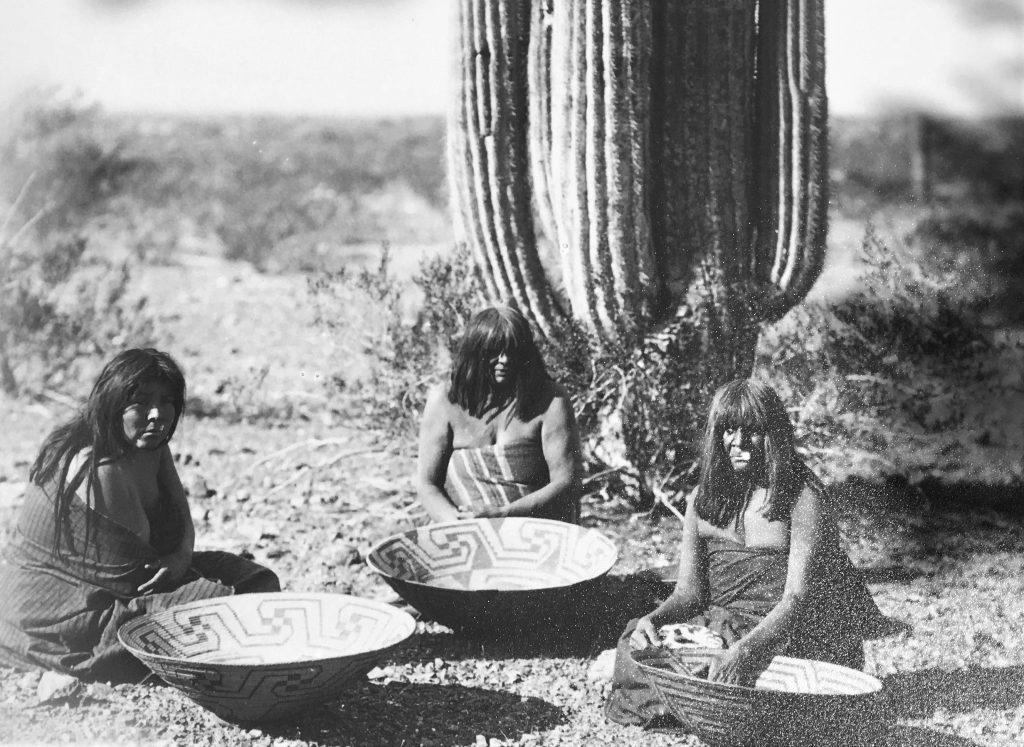
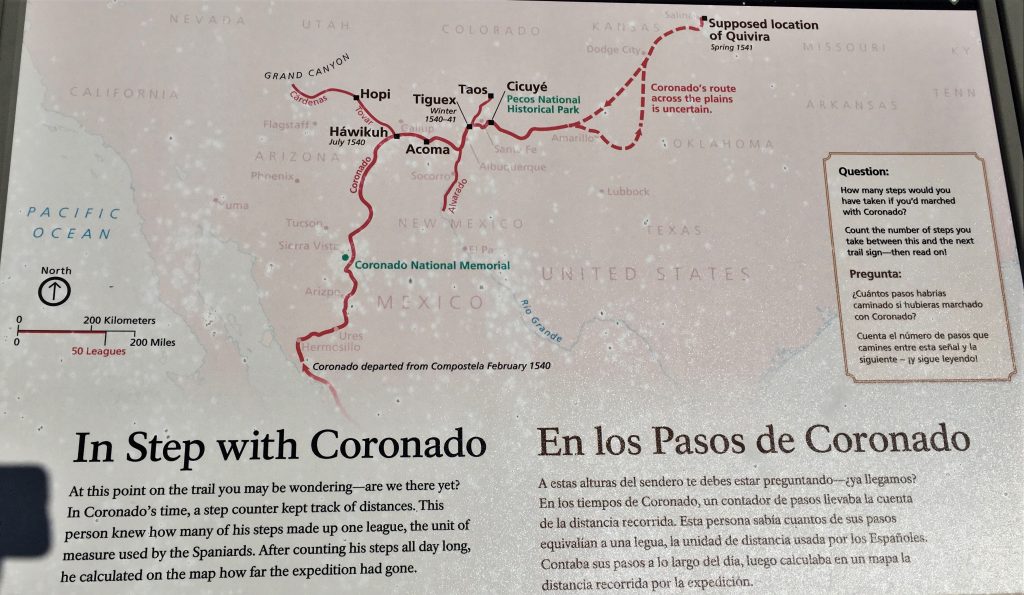
I’d loose count.
I can’t even manage to keep track of a flight of stairs when we try to count them. : )
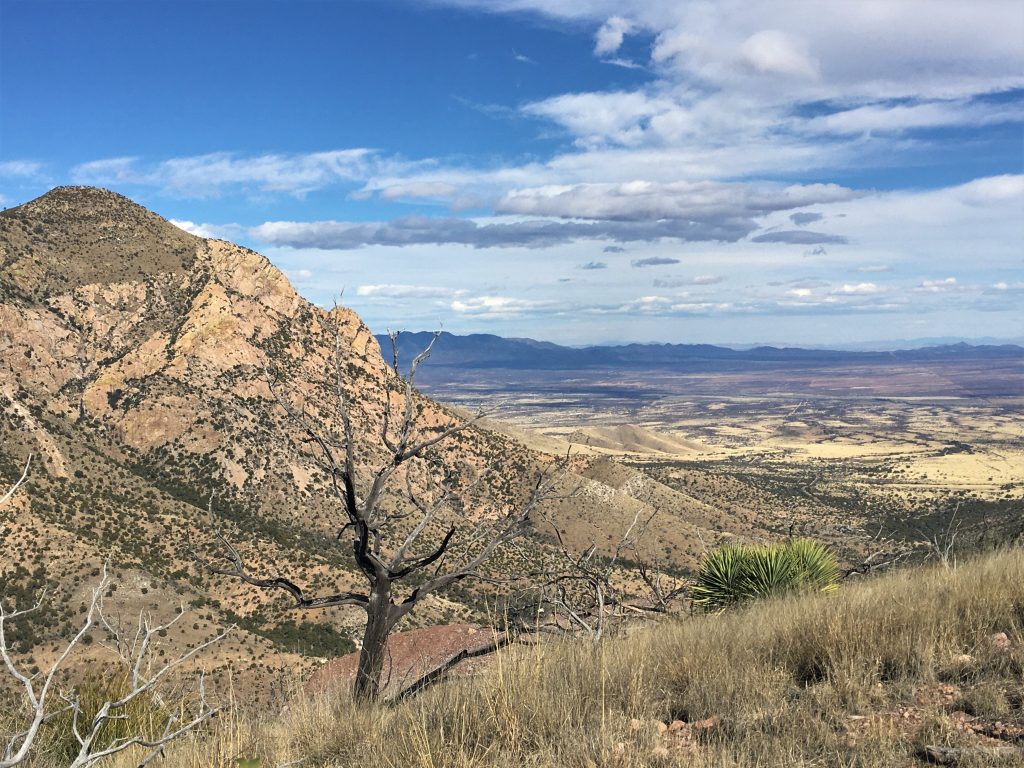

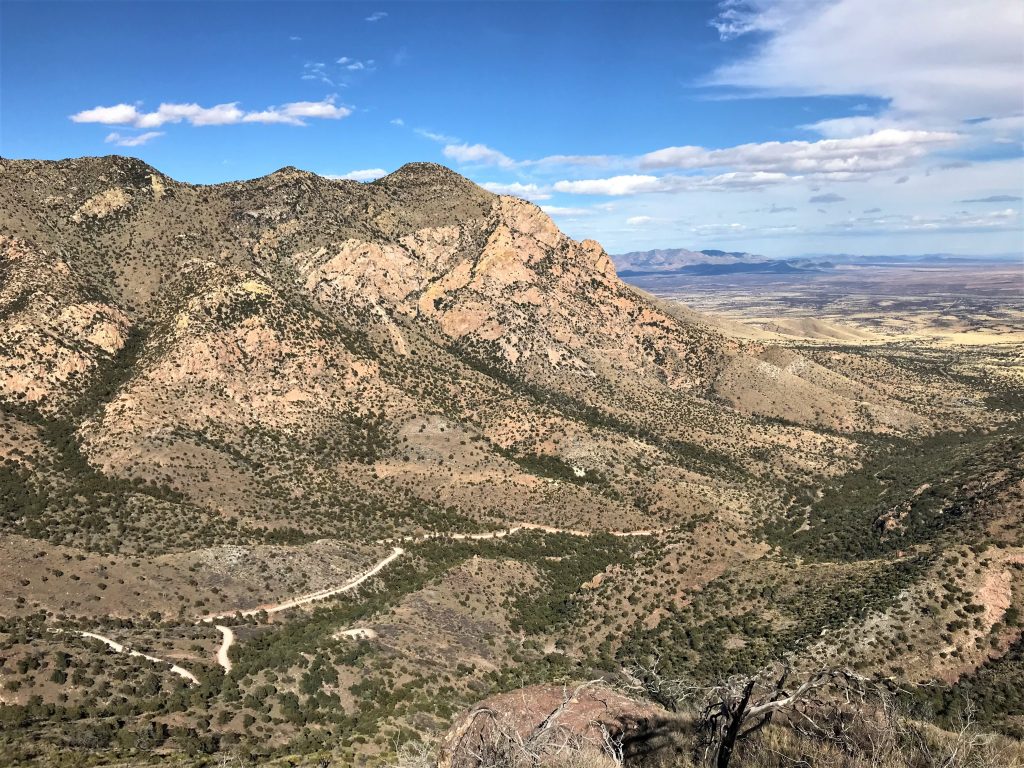
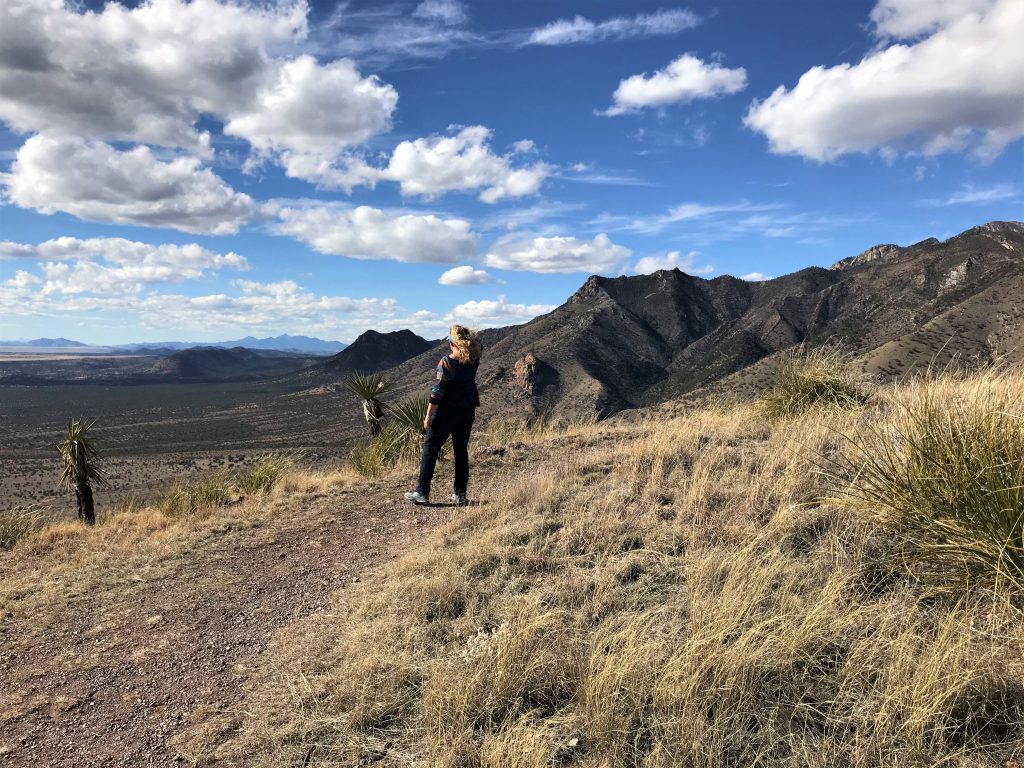
But it was pretty windy up here!
My hair was flying everywhere and Blaine had to strap on his hat. : )









Who knew so many things we eat and use every day originally came from Spain?

to paint their pictographs.


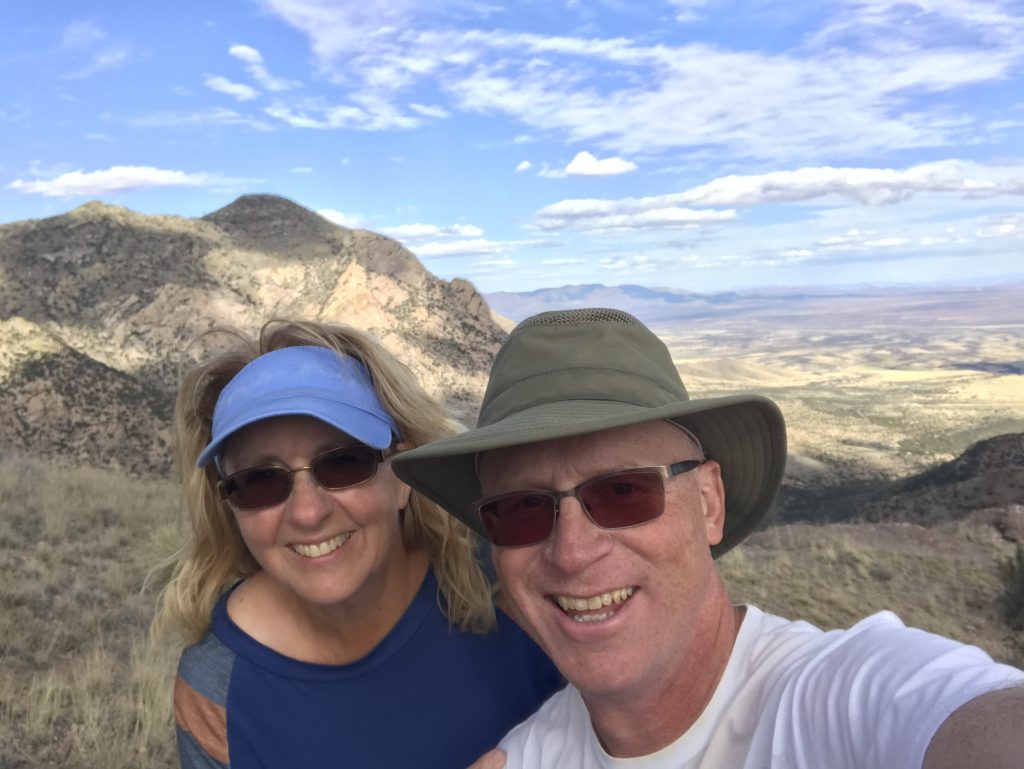



(like Ohio’s Buckeye Trail) as we travel throughout Arizona.


Dinner tonight was at a local Bisbee establishment called Santiago’s. Yes. Mexican again. 😊 The place was nice, the food was good, but everything (including the beans and rice) was pretty spicy. Even the salsa. But their chips were the best we’ve ever had. We were their about 5:30pm, and guess what? They were out of dessert! Both the chocolate pudding we were going to share, and fried ice cream. Can you believe that? And it’s Saturday. Crazy!



So instead, we walked around town a bit and stopped in at a local gelato place.


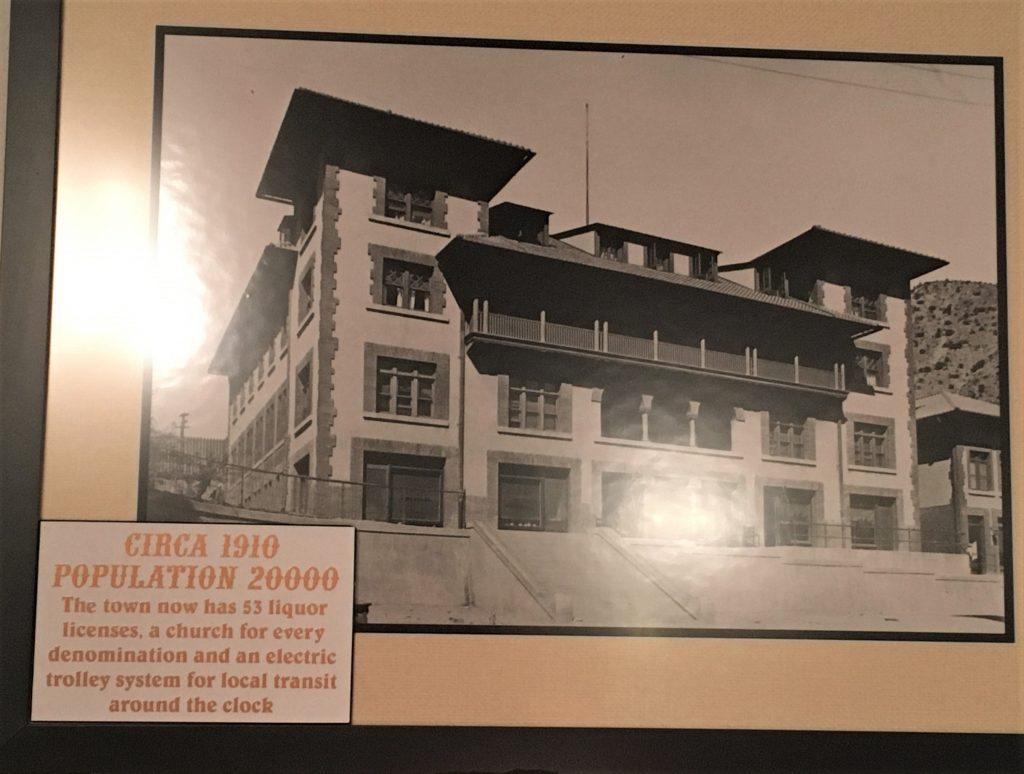


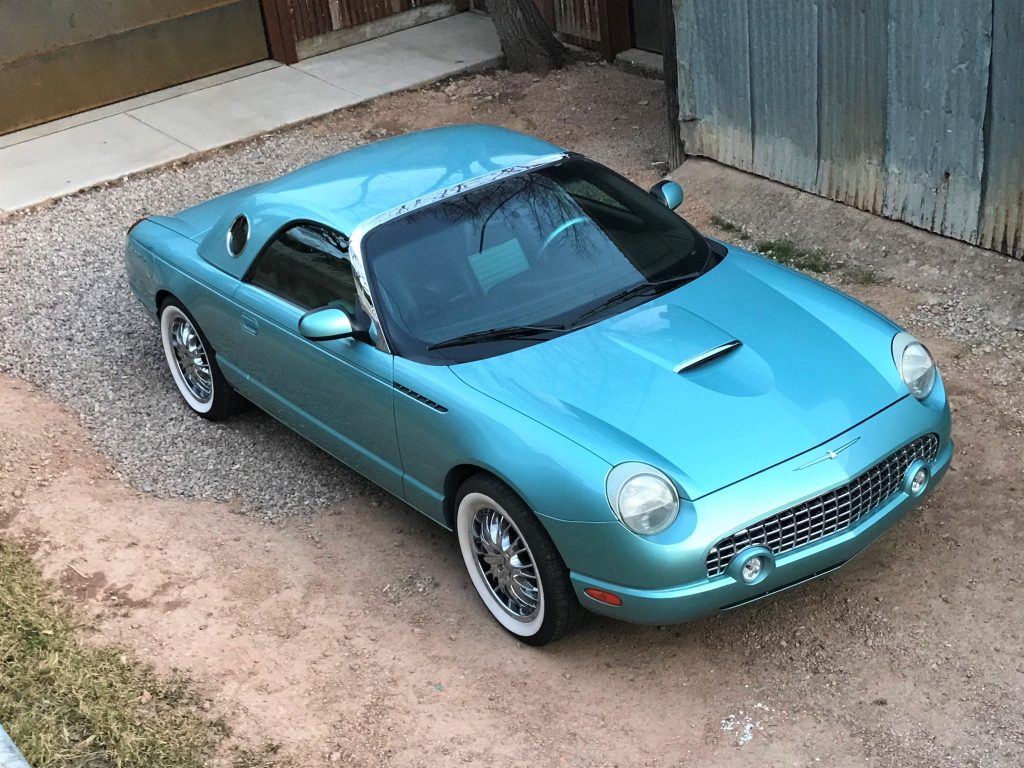

It’ll most likely make you smile, even though it’s not supposed to. : )


You can barely walk two abreast, let alone drive a car down many of these streets. : )




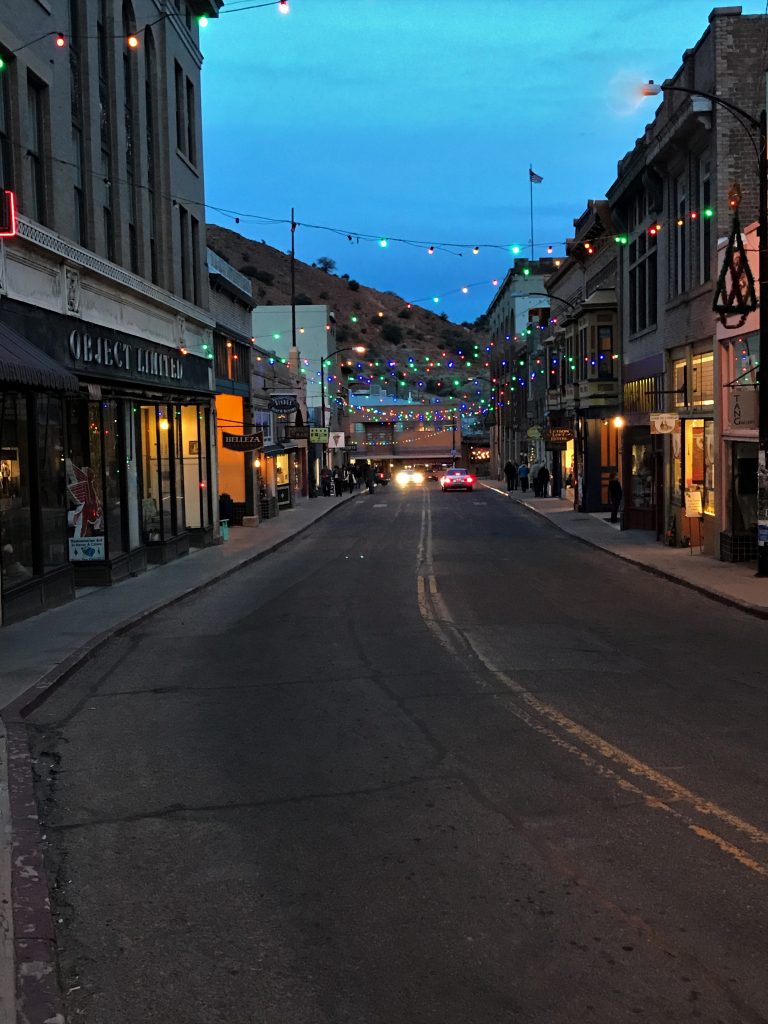

Blaine had strawberry sorbet and dutch chocolate gelato.
All four flavors were really good, but the passion fruit was a bit tart.
Lovely day the Lord chose to bless us with!
